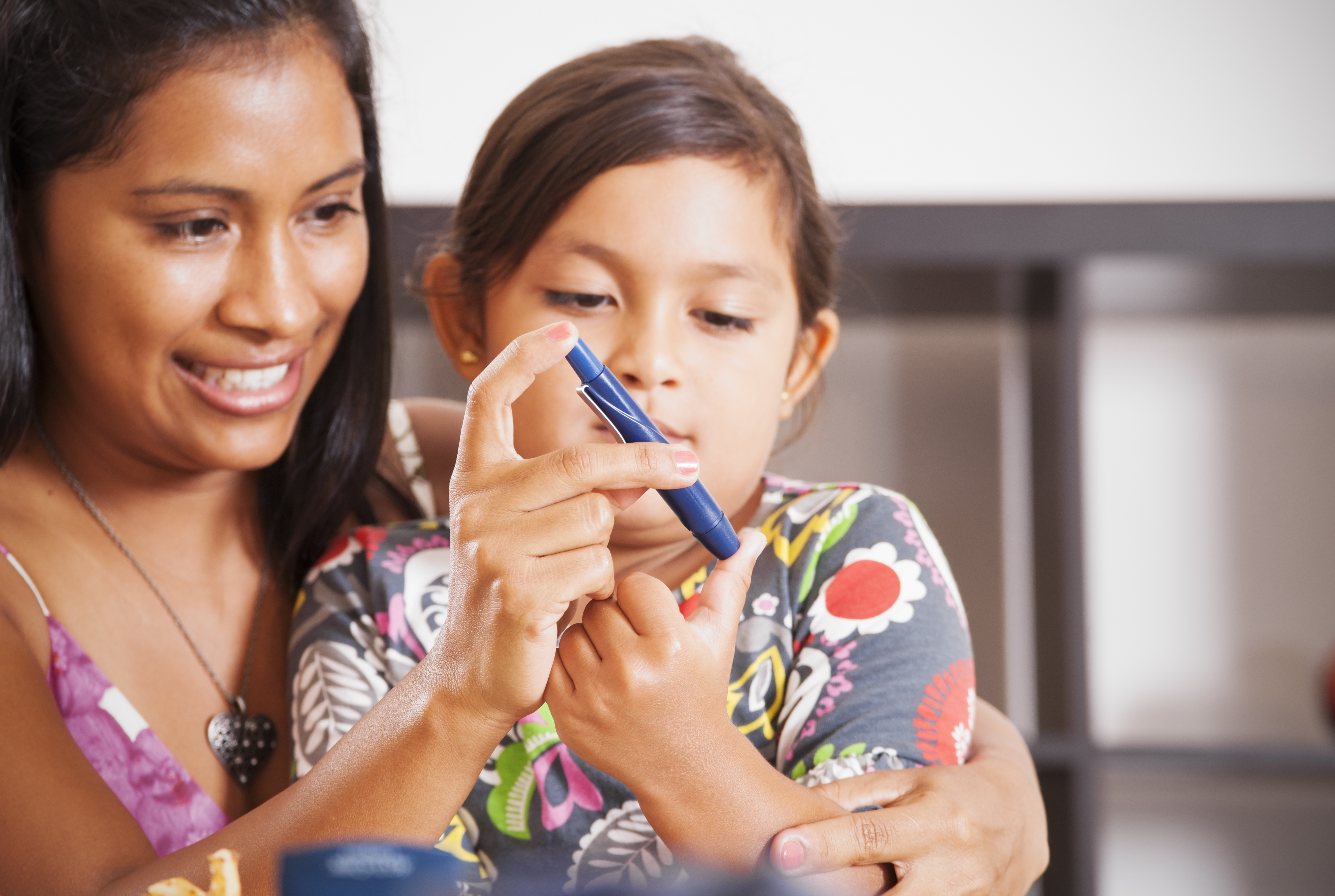TEAM (Type 1 Diabetes Empowerment and Management) Study
The objective of the TEAM study is to develop a peer-delivered intervention for African American/Black and Hispanic/Latino families of children ages 5-9 years with type 1 diabetes. The scientific goals of the project are to examine the feasibility, acceptability, and preliminary outcomes for improving or stabilizing glycemic control in African American/Black and Hispanic/Latino school-aged children with type 1 diabetes.
Team Study Mission
Our mission is to strengthen family teamwork toward sustainable healthy behaviors among African American/Black and Hispanic/Latino families with children ages 5-9 who have type 1 diabetes (T1D) by conducting experience driven research.












